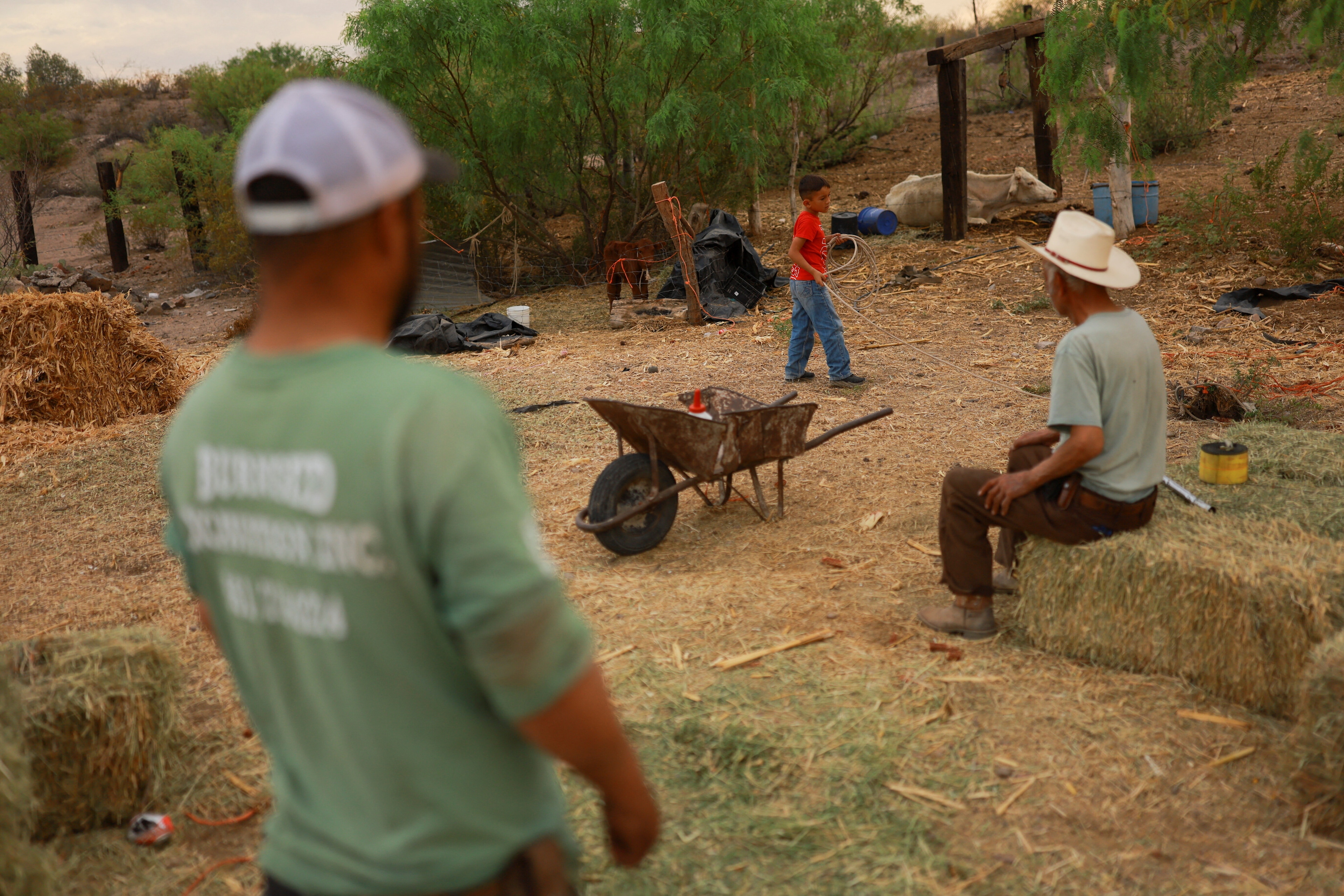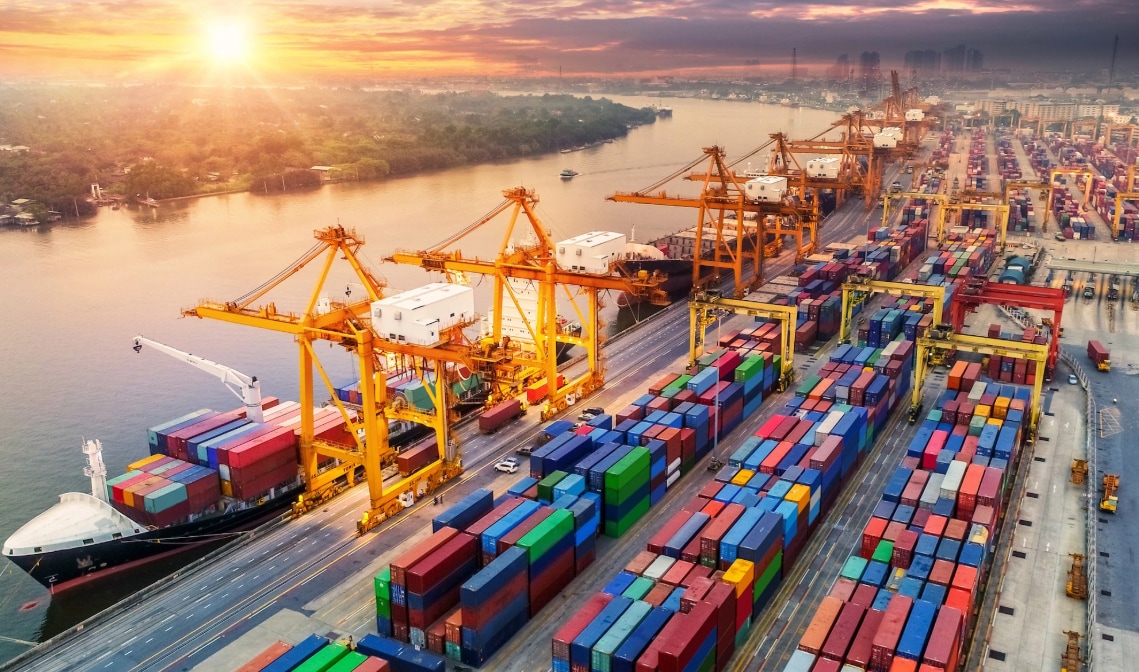How will climate insurance work?

Stay up to date:
United States
This article is published in collaboration with Thomson Reuters Foundation trust.org
The United States will contribute $30 million to climate risk insurance schemes in the Pacific, Central America and Africa, President Barack Obama announced at a meeting with leaders of small island nations in Paris.
The U.S. Department of State said the money was part of a broader set of actions to help vulnerable people become more resilient to climate change.
They include providing climate data, tools and services, and incorporating climate change considerations into development assistance, it added.
The funding will increase insurance coverage to help people cope with severe climate-related problems, Washington said. Those range from intensifying droughts, floods and storms to melting glaciers and rising seas.
Amjad Abdulla of the Maldives and chief negotiator for the Alliance of Small Island States (AOSIS) – whose members are already suffering from storm surges, higher tides and erosion of their shores – said the new money was “a sign of progress” at the U.N. climate summit in Paris this week and next.
“We now encourage our partners to recognise the full scale of the challenge we face and help us tackle it together,” he added in a statement.
The U.S. assistance is a step towards the goal G7 leaders set this summer to increase by up to 400 million by 2020 the number of people in the most vulnerable developing countries with access to insurance to help them deal with climate risks.
The new money will support the Pacific Catastrophic Risk Assessment and Financing Initiative and the African Risk Capacity programme, and expand the Caribbean Catastrophic Risk Insurance Facility to cover Central American countries.
G7 governments, led by Germany, are set to provide more details of how they will meet their climate insurance goal later this week.
In June, Germany said it would provide 150 million euros ($170 million) to kick-start the initiative and motivate involvement by the private sector.
Saleemul Huq, director of the Dhaka-based International Centre for Climate Change and Development, welcomed the U.S. contribution.
“It is also important to note that it is an implicit acceptance of the notion of paying for loss and damage because that is what climate insurance is,” he said.
Damage Limitation
That concept is a controversial one at the U.N talks tasked with agreeing a new global deal to tackle climate change.
A U.N. body on loss and damage is due to start working out how to combat the effects of climate change that are almost impossible to adjust to, such as rising seas and creeping deserts. It will explore solutions such as insurance.
Some 134 developing countries want an international mechanism for loss and damage to be part of a binding Paris deal.
But that is opposed by some industrialised countries, including the United States. They fear it could be used as a way of holding them financially liable for climate change impacts.
The insurance announcement comes on the heels of a U.S. contribution of around $51 million to an international fund for adaptation to climate change in the least developed countries, announced on Monday.
Before the Paris summit, the fund had 35 projects backed up in the pipeline, waiting for about $255 million worth of resources to be made available.
New contributions from 11 donor governments this week have more or less covered that amount.
But the negotiating group of 48 least developed countries (LDCs) at the U.N. climate talks said there were urgent adaptation needs in their countries that were yet to be met.
Publication does not imply endorsement of views by the World Economic Forum.
To keep up with the Agenda subscribe to our weekly newsletter.
Author: Megan Rowling is a journalist for the Thomson Reuters Foundation, covering the latest developments in humanitarian crises, aid, climate change, governance and women’s rights.
Image: A woman fetches drinking water from a well along a dry Chemumvuri river near Gokwe, Zimbabwe. REUTERS/Philimon Bulawayo.
Don't miss any update on this topic
Create a free account and access your personalized content collection with our latest publications and analyses.
License and Republishing
World Economic Forum articles may be republished in accordance with the Creative Commons Attribution-NonCommercial-NoDerivatives 4.0 International Public License, and in accordance with our Terms of Use.
The views expressed in this article are those of the author alone and not the World Economic Forum.
Related topics:
Forum Stories newsletter
Bringing you weekly curated insights and analysis on the global issues that matter.
More on Climate ActionSee all
Jose Ignacio Galindo and Nicolas Wertheimer
July 24, 2025
David Elliott
July 22, 2025
Stephanie Dunn and Firuze Alpaydin
July 22, 2025
Muhammad Hassan Dajana and James Balzer
July 22, 2025



